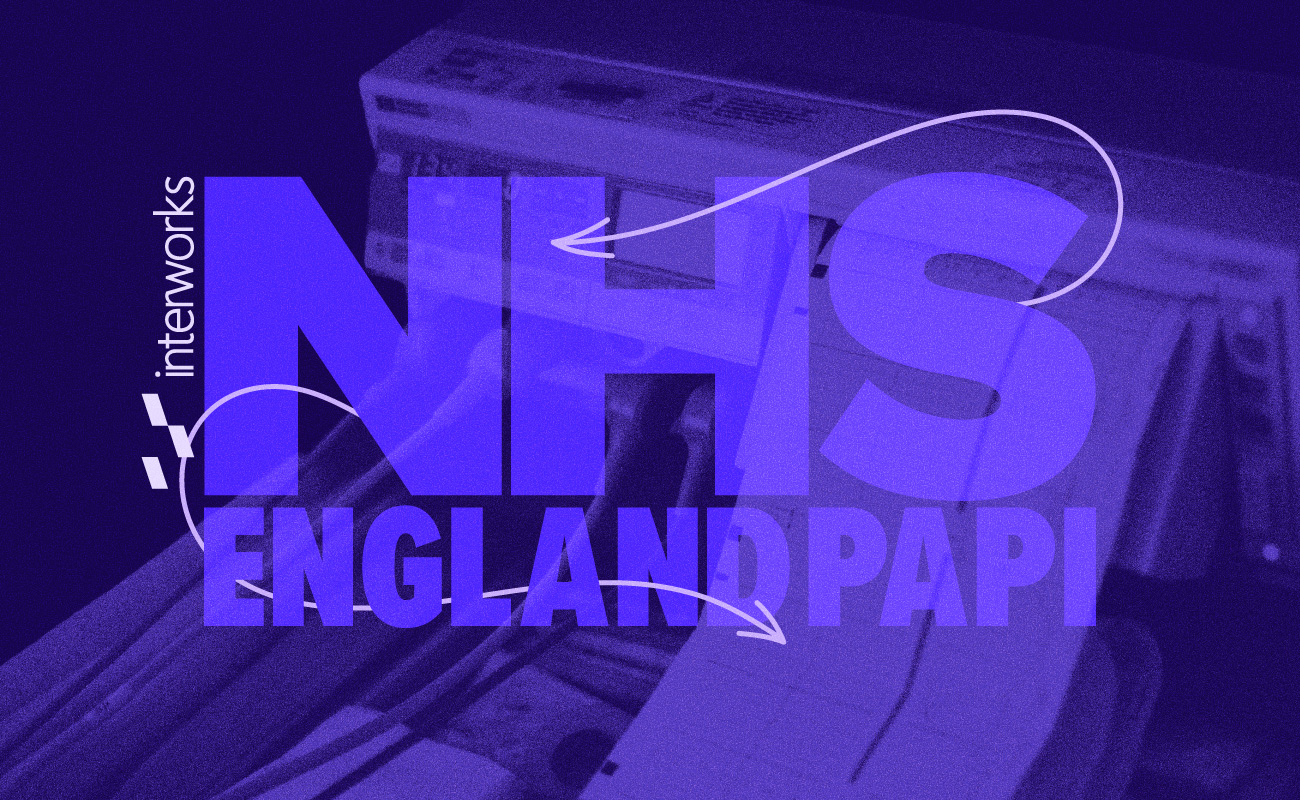
Crucial to understanding the people and population of the UK on a number of levels, NHS England developed the PAPI (person and population information) team to help develop insight and analytics in this area.
Technologies Used
- Tableau Desktop
- Tableau Cloud
Increasingly, the NHS has been shifting towards a more holistic view of the population it serves and its role in caring for them. There has been a deeper understanding of the reality that finding ways to understand the population as a whole and how to keep people healthy and focus on prevention rather than just treatments benefits patients’ wellbeing and helps reduce expenditure – something of increasing importance in the current climate.
Crucial to this thinking is understanding the people and population on a number of levels, and so NHS England developed the PAPI (person and population information) team to help develop insight and analytics in this area. Central to this endeavour is a set of dashboards.
The aim of these dashboards is to enable a range of users in national, regional and more local health and care systems to better understand the heath and risk factors of different cohorts of the population. This insight will support many initiatives, such as population health management, improvement in health and care services, progress towards the triple aim, recovery of services and many others.
In 2019, NHS England turned to InterWorks for support in its overall analytics strategy, and included within that was the task of overhauling and improving the PAPI product. IW has been responsible for improving and developing the dashboards (in Tableau) over two major projects since that time. In fact, the latest release version only included InterWorks built dashboards, with the remainder having become obsolete.
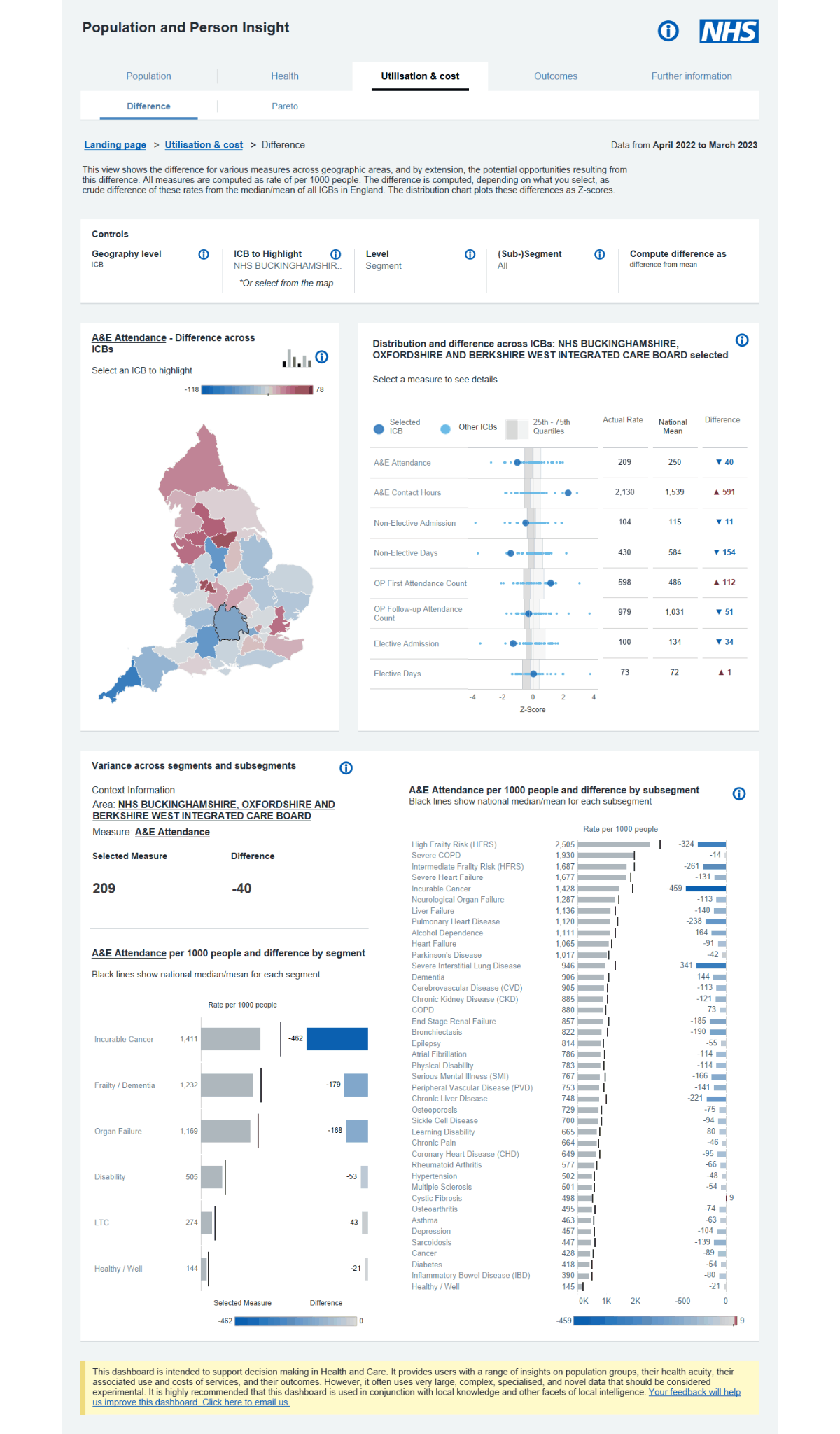
Doing More With Less
The NHS’s ever increasing budget cuts left the PAPI team in a difficult position to maintain the analytics central to their mission, with personnel key to data preparation and Tableau development moved on to other teams and not replaced. However, the need the insight and understanding of national and local populations has become increasingly important, with PAPI being identified as the first (of 5) national use cases for the Federated Data Platform.
Despite the loss of personnel and available budget, PAPI was able to do far more than maintain the dashboards, instead overhauling and improving the product to great success. Here is what the dashboards looked like before:
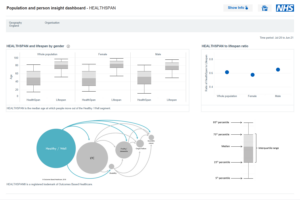
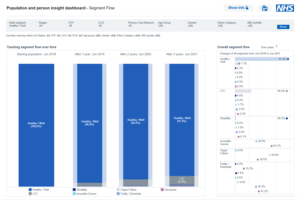
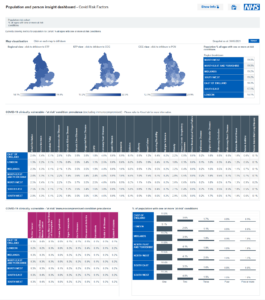
And here is what those same dashboards look like now:
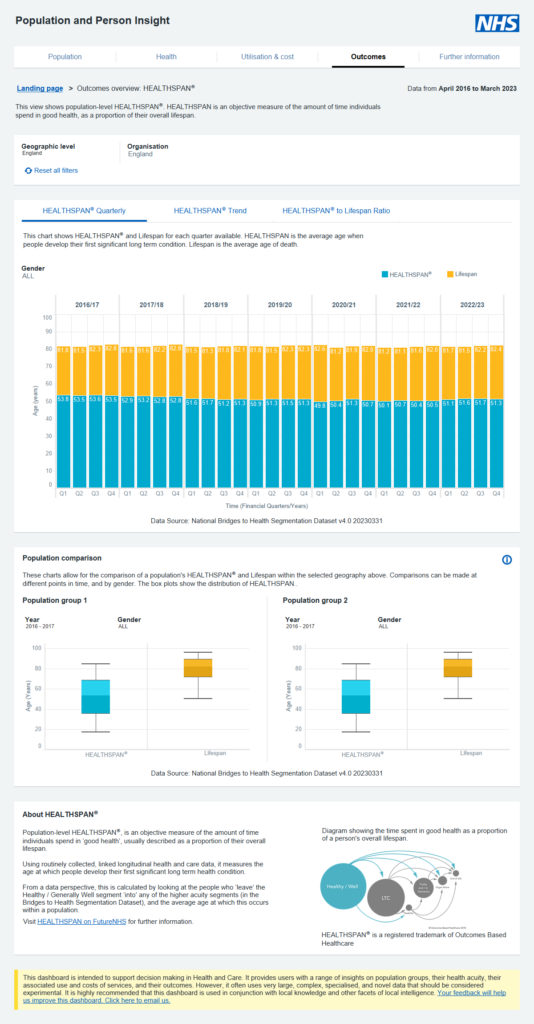
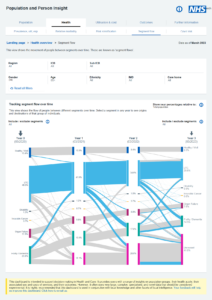
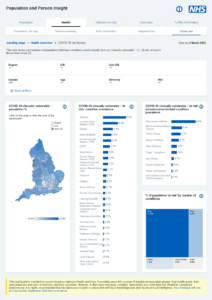
Understanding Your Population and Impactful Analytics
PAPI has absolutely been able to live up to its mandate to provide deep and valuable insight into populations. Here are a few examples:
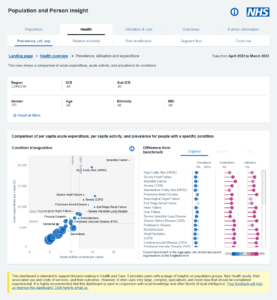
In this view, you can see quickly and clearly understand how conditions impact resources within health providers in London (the chosen filter), in terms of contacts, spend and prevalence. For example, incurable cancer stands out as a significant outlier in terms of contacts and cost, but only impacts a small population. And on the right you can see how London compares nationally.
Flexible Insight
One of the major challenges for PAPI is to please a huge range of stakeholders. Ranging from operational nurses and administrators through to C-suite execs — from individual GPs and providers through to ICBs, regions and national. InterWorks were able to bring out some of Tableau’s best features with flexible filtering and parameters, meaning that whatever your question is about your population, the chances are you’ll find a clear answer about in the data. This was no small feat considering the range of data and data structures that are interrogated within the dashboard, managing challenges features such as multimorbidity and massive numbers of rows – perhaps the largest linked health acuity dataset in world with 5.4 billion rows of linked data and up to 2.4 million unique combinations of long term conditions.
Drawing Together Dashboards and Helpful Home Pages
An area of excellence within dashboard development that gets overlooked all too often by those in the dev community is making highly accessible dashboards. This means more than just legible text and colour-blind friendly choices. It also means catering for those with lower data literacy that need the insight just as much as anyone else, and communicating choices and direction clearly to users to increase clarity, understanding and trust. Its harder than it might seem, and frequently devs overestimate how clear their logic and setup are and assume others will be able to use it in the way it was designed automatically.
InterWorks took care to augment the cutting edge analytics and deep insight within the dashboards with clear user communication, simple user journeys and helpful “About” and a content-page like “Home” dashboards. Additionally, the workbook is chock-full of helpful guides within information icons and tooltips, explaining everything from available functionality through to formula definitions and benchmark numbers.
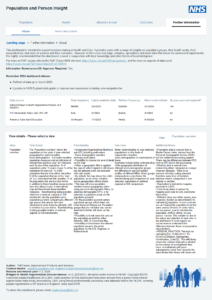
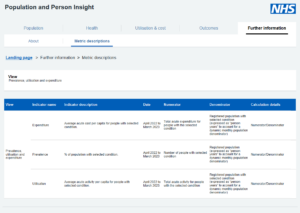
Success Despite Significant Challenges
Over the course of the two projects, as is not uncommon, there has been a huge amount of change within the projects. Staff have left or been moved to other teams within the NHS, and the involvement of partner organisations previously responsible for design, ETL and project management has shifted. As a result, InterWorks has become increasingly responsible for areas of the product beyond the Tableau development. Being an end-to-end data consultancy, we took this in our stride and our multi-skilled consultants already on the project as well as others brought in helped to shape the data strategy and work behind the dashboards as well improving design. Jason Pickles, Head of Systems and Solutions Development at NHS England and leader of PAPI, has been the only constant besides us and, together, we have weathered a lot of storms and found creative and effective ways to deliver the quality product PAPI is today.
Balancing Stakeholders’ Priorities and Input
There are not many roles within the NHS that can’t draw some benefit from the insight on the population that PAPI provides. Therefore, there are a lot of people from a lot of places who have wanted to have their say on where PAPI should go and what it should look like. Those who know the NHS well will also understand the political challenges and ambiguity that often goes alongside this kind of reality. Jason has done an outstanding job of managing all of this, but he tells us that we have helped along the way, leveraging our wider NHS connections and relationships to help steady the ship and navigate often turbulent waters.
In Conclusion
Overall, this has been a special project for us here at InterWorks, with the opportunity to shape a key function within the NHS and use a wide range of our expertise and skills. Trust and connection have grown steadily over the project and we have been given the freedom to help develop work that we at InterWorks and those in the NHS are all extremely proud of.
